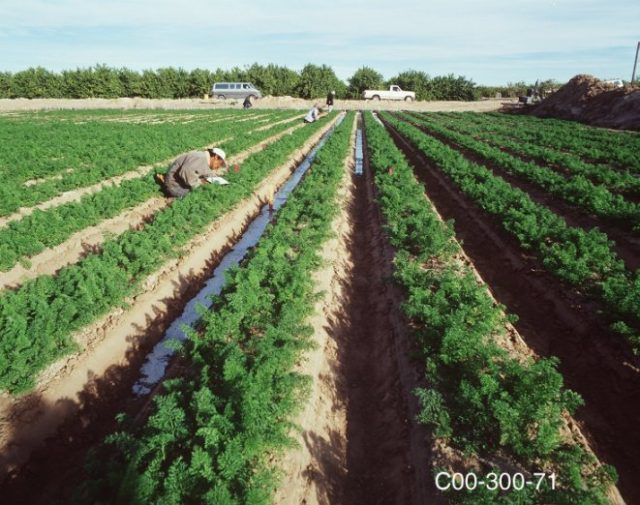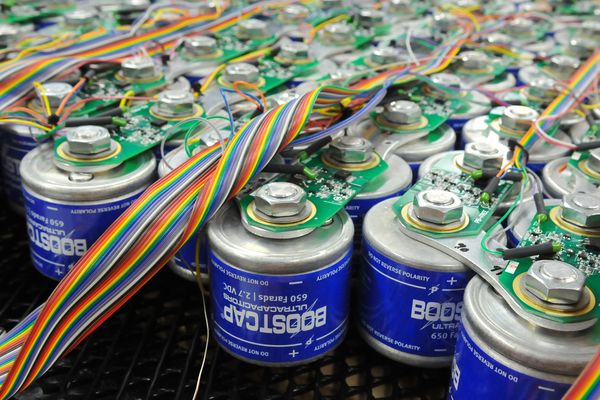
A model of the spread of radioactive cesium from the Fukushima site. (credit: E. Behrens, F.U. Schwarzkopf, J.F. Lübbecke and C.W. Böning, GEOMAR.)
The Fukushima nuclear disaster occurred almost five years ago in March 2011. It is the largest event of its sort since Chernobyl, which occurred 25 years earlier. The accident was triggered by a tsunami and earthquake that led to a meltdown at the plant. During this event, large amounts of radioactive materials were released into the atmosphere. Since then, Fukushima Daiichi has continued to leak radioactive materials into the ground and nearby ocean.
Following the accident, concerns surfaced regarding both agricultural products from the region and the fish caught in nearby waters. In response, the Japanese government began intensively monitored γ-emitting radioisotopes to prevent highly contaminated foods from reaching the market. The two main radioisotopes released during the accident, 134Cs and 137Cs, exhibit half-lives of approximately 2 and 30 years, respectively. So a large amount of the radiocesium released during the accident is still around.
Recently, a team of researchers has re-examined aquatic food contamination data in order to get a better picture of food safety.








